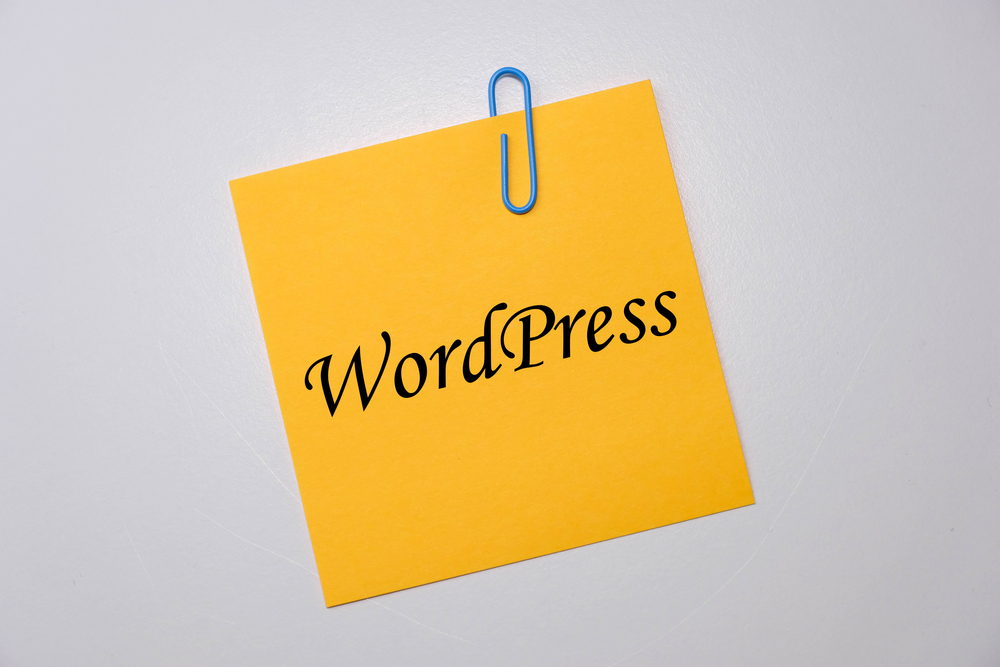
Mastering WordPress: Essential Customization and Maintenance Tips & Tricks

WordPress is a powerful content management system that has revolutionized the way websites are created and maintained. Its user-friendly interface, extensive plugin library, and customizable themes make it a popular choice for bloggers, businesses, and individuals alike. In this article, we will explore essential tips and tricks for customizing and maintaining your WordPress (or WP) site to ensure optimal performance and user experience.
1. Choosing the Right ThemeWhen setting up your WordPress site, one of the most crucial decisions you will make is selecting the right theme. The theme dictates the overall look and feel of your website, so it's essential to choose a theme that aligns with your brand and meets your specific needs. Take the time to browse through the vast collection of free and premium themes available in the WordPress (the blogging platform) theme directory or third-party marketplaces. Consider factors such as design, responsiveness, compatibility with popular plugins, and user reviews before making a final decision.
2. Customizing Your Theme
Customizing your WordPress theme allows you to personalize your website and make it stand out from the competition. WordPress (the platform for bloggers) provides several customization options, including the Customizer and theme-specific settings. Utilize the Customizer to modify colors, fonts, header layouts, and other visual elements without writing a single line of code. For more advanced customization, explore the theme-specific settings or consider using a page builder plugin like Elementor or Divi, which offers drag-and-drop functionality and an extensive range of design options.
3. Optimizing Performance
Website speed plays a crucial role in user experience and search engine rankings. Slow-loading websites often result in high bounce rates and frustrated visitors. Fortunately, WordPress offers various methods to optimize performance and enhance site speed. Start by choosing a lightweight and optimized theme. Additionally, consider using a caching plugin like WP Rocket or W3 Total Cache to create static HTML versions of your pages and improve load times. Finally, compress large image files using plugins such as Smush or EWWW Image Optimizer to reduce their size without compromising quality.
4. Backing Up Your Website
Regularly backing up your WordPress (WP) website is imperative to protect your data and ensure you can quickly recover from any unforeseen issues. To accomplish this, consider using a reputable backup plugin such as UpdraftPlus or BackupBuddy. These plugins automate the backup process and allow you to schedule backups to occur at specific intervals. You can also choose to store your backups on external services such as Dropbox or Google Drive for added security. Remember, frequent backups are essential, especially before making any major changes to your site or updating themes and plugins.
5. Protecting Your Website
WordPress is a popular target for hackers due to its widespread use. To safeguard your website, it's crucial to implement security measures. Begin by using strong, unique passwords for your WordPress admin account and other user accounts. Activate two-factor authentication using plugins like Google Authenticator or Wordfence to add an extra layer of security. Regularly update your WordPress core, themes, and plugins to ensure you have the latest security patches. Additionally, consider using a security plugin such as Sucuri or iThemes Security, which offers features like malware scanning, IP blocking, and file integrity monitoring.
Frequently Asked Questions:
Q1. How can I change the logo on my WordPress site?A1. To change the logo on your WordPress site, navigate to the Appearance menu and select Customize. Look for the section labeled "Site Identity" or "Logo" and click on it. From here, you can upload your logo image file or enter the URL of an existing image.
Q2. Can I use plugins with a free WordPress.com website?
A2. No, free WordPress.com websites do not allow the installation of external plugins. To utilize plugins, consider upgrading to a paid WordPress.com plan or switch to self-hosted WordPress.org.
Q3. How can I speed up my WordPress website without using plugins?
A3. While plugins are a convenient way to optimize website performance, you can also enhance speed manually. This involves techniques like optimizing images, minifying CSS and JavaScript files, enabling browser caching, and utilizing a content delivery network (CDN) to distribute your site across multiple servers.
Q4. Can I migrate my WordPress site to a new hosting provider?
A4. Yes, migrating a WordPress site to a new hosting provider is possible. Many hosting providers offer migration services, or you can use free plugins like All-in-One WP Migration or Duplicator to export your site's files and database and import them into the new hosting environment.
Q5. How can I add a contact form to my WordPress website?
A5. To add a contact form to your WordPress website, you can use popular plugins such as Contact Form 7, WPForms, or Gravity Forms. Install and activate the plugin of your choice, create a new form, and insert it into a page or post using a shortcode or a block if you are using the Gutenberg editor.
In conclusion, mastering WordPress requires a balance of customization and maintenance techniques. By choosing the right theme, customizing it to suit your needs, optimizing performance, regularly backing up your website, and implementing security measures, you can create a highly functional and secure WordPress site. Remember to always stay updated with the latest WordPress developments, plugins, and best practices to ensure your website stays ahead in the dynamic online landscape. Happy website building!
Other useful resources
- https://en.wikipedia.org/wiki/Blog
- https://www.wordpress24plus.com/wordpress-tools-directory/wordpress-plugins/
- https://www.wordpress24plus.com
- https://www.wordpress24plus.com/services/wordpress-developer/